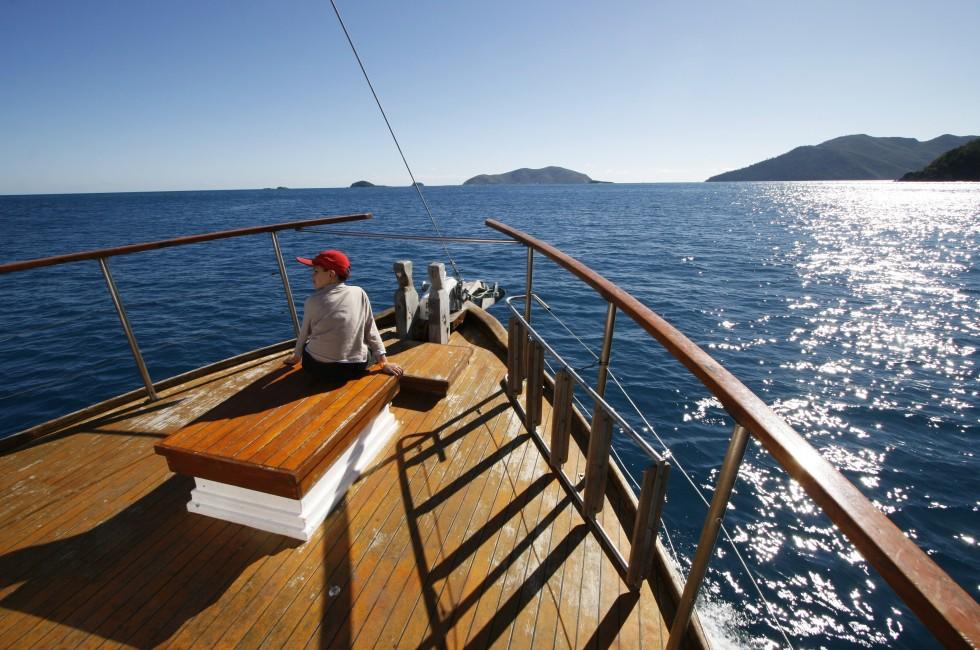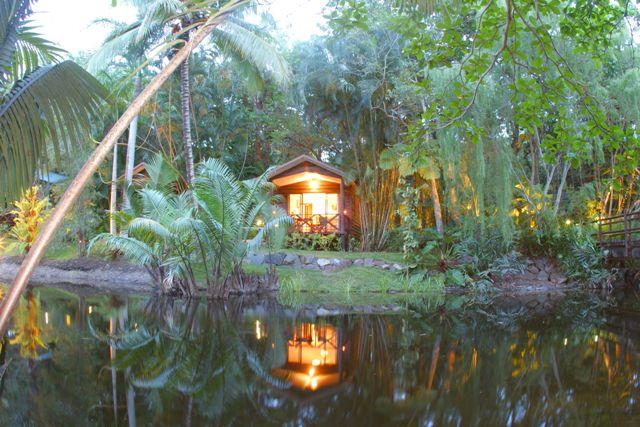Great Barrier Reef
Great Barrier Reef
A maze of 3,000 individual reefs and 900 islands stretching for 2,600 km (1,616 miles), the Great Barrier Reef is among the world's most spectacular natural attractions. Known as Australia's "Blue Outback," the reef is a haven for thousands of species of marine creatures as well as turtles and birds. Most visitors explore this section of Australia from one of the dozen-plus resorts strung along the coasts of islands in the southern half of the marine park, most of them in or north of the Whitsunday Islands group. Although most Barrier Reef islands are closer to the mainland than they are to the spectacular outer reef, all island resorts offer (or can organize) boat excursions to various outer-reef sites.
The reef was established as a marine park in 1975, and the United Nations des...
Read MoreA maze of 3,000 individual reefs and 900 islands stretching for 2,600 km (1,616 miles), the Great Barrier Reef is among the world's most spectacular natural attractions. Known as Australia's "Blue Outback," the reef is a haven for thousands of species of marine creatures as well as turtles and birds. Most visitors explore this section of Australia from one of the dozen-plus resorts strung along the coasts of islands in the southern half of the marine park, most of them in or north of the Whitsunday Islands group. Although most Barrier Reef islands are closer to the mainland than they are to the spectacular outer reef, all island resorts offer (or can organize) boat excursions to various outer-reef sites.
The reef was established as a marine park in 1975, and the United Nations designated the Great Barrier Reef a World Heritage site in 1981. Strict legislation was enacted in 2004, prohibiting fishing along most of the reef—a further attempt to protect the underwater treasures of this vast, delicate ecosystem. Any visitor over the age of four must pay a A$6 per day Environmental Management Charge ("reef tax") to support ongoing efforts to preserve the reef.
The Great Barrier Reef system began to form approximately 6,000–7,000 years ago, say marine scientists. It's comprised of individual reefs and islands, which lie to the east of the Coral Sea and extend south into the Pacific Ocean. Most of the reef is about 65 km (40 miles) off the Queensland coast, although some parts extend as far as 300 km (186 miles) offshore. Altogether, it covers an area bigger than Great Britain, forming the largest living feature on Earth and the only one visible from space.
Recommended Fodor’s Video
Hotels
Things to Do
Things to Do
Explore Things to Do
Find the perfect tours and activities in Great Barrier Reef.
Where to Eat
Where to Eat
Need to Know
Need to Know
Language
EnglishNearby Airports
HTIElectrical Outlets
230-40V/50Hz; wall outlets take slanted three-prong plugs and plugs with two flat prongs set in a V.Currency
Australian dollarLanguage
EnglishElectrical Outlets
230-40V/50Hz; wall outlets take slanted three-prong plugs and plugs with two flat prongs set in a V.Currency
Australian dollarNearby Airports
HTIWhen to Go
The bulk of the Great Barrier Reef islands lie north of the tropic of Capricorn in a monsoonal climate zone. In the hot, wet season (roughly...Read More
Neighborhood Guides
Discover the best neighborhoods in Great Barrier Reef with curated recommendations from our editors.
essentials
transportation
When to Go
The bulk of the Great Barrier Reef islands lie north of the tropic of Capricorn in a monsoonal climate zone. In the hot, wet season (roughly...Read More
Neighborhood Guides
Discover the best neighborhoods in Great Barrier Reef with curated recommendations from our editors.
When to Go
The bulk of the Great Barrier Reef islands lie north of the tropic of Capricorn in a monsoonal climate zone. In the hot, wet season (roughly...Read More
Neighborhood Guides
Discover the best neighborhoods in Great Barrier Reef with curated recommendations from our editors.











